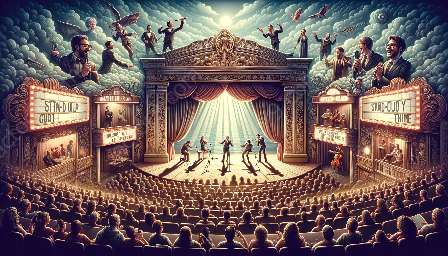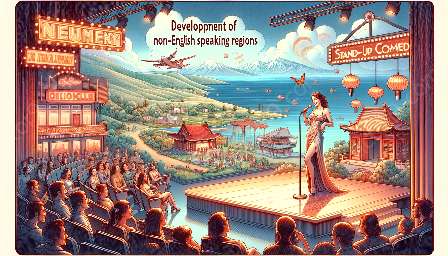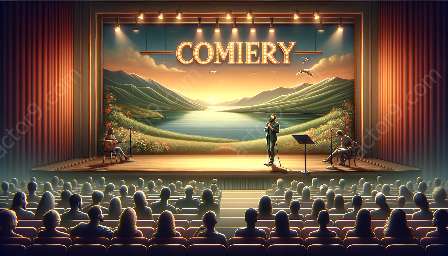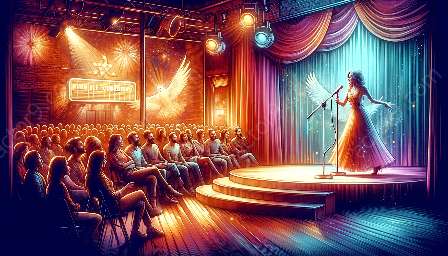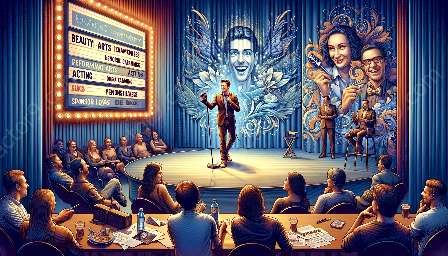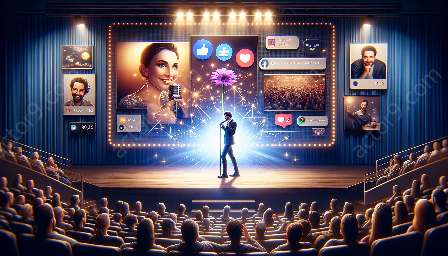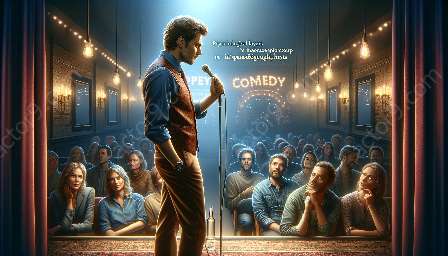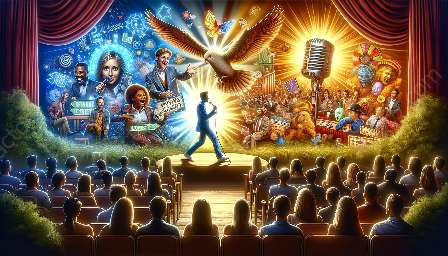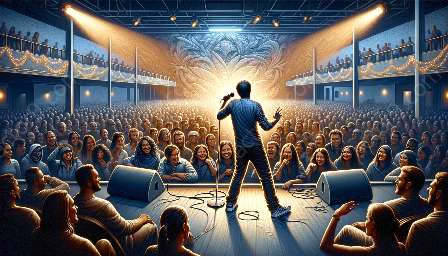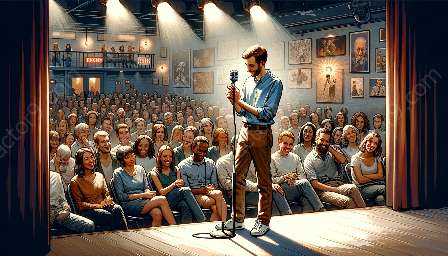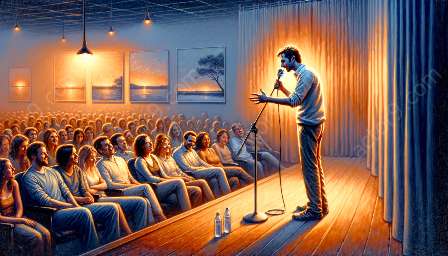Stand-up comedy is an art form that has been captivating audiences for centuries. Providing a platform for performers to share their unique perspectives, stand-up comedy often relies on compelling storytelling and narrative techniques to connect with audiences and elicit laughter. The history of stand-up comedy is rich with examples of comedians using storytelling and narrative to entertain, engage, and provoke thought.
The History of Stand-Up Comedy
The roots of stand-up comedy can be traced back to ancient civilizations, but the contemporary form of stand-up comedy as we know it today emerged during the 19th century in the United States. Comedians such as Mark Twain and Vaudeville performers utilized storytelling and narrative elements to entertain their audiences. The comedy boom of the 1970s and 1980s saw a shift in stand-up comedy towards more personal storytelling and observational humor, paving the way for the modern stand-up narrative style.
The Art of Storytelling and Narrative in Stand-Up Comedy
Storytelling is at the heart of stand-up comedy, as comedians use personal anecdotes, experiences, and observations to connect with audiences. Through the art of storytelling, comedians are able to create a sense of intimacy and relatability, drawing audiences into their world and making them feel like they are part of the comedic journey. A well-crafted narrative can lead to powerful and memorable comedic performances, leaving a lasting impact on the audience.
Engaging the Audience
Effective storytelling and narrative in stand-up comedy captivates audiences by drawing them into the comedian's world. By sharing personal experiences and crafting compelling narratives, comedians bring authenticity and vulnerability to their performances, forging a connection with the audience. Through engaging storytelling, comedians create an immersive experience that resonates with the audience on a personal level.
Embracing Vulnerability
Storytelling and narrative in stand-up comedy often involve sharing personal vulnerabilities and challenges. By embracing vulnerability, comedians make themselves relatable to the audience, fostering empathy and understanding. This authenticity allows comedians to tackle sensitive topics and explore the human experience, ultimately creating a deeper connection with the audience.
Impact on Stand-Up Comedy
The use of storytelling and narrative has significantly influenced the evolution of stand-up comedy. Comedians such as Richard Pryor, Bill Hicks, and George Carlin revolutionized the genre by infusing their performances with powerful storytelling and incisive narratives that challenged societal norms and sparked introspection. Today, comedians continue to push the boundaries of storytelling in stand-up comedy, addressing diverse social issues and navigating complex narratives with humor and insight.
The Future of Storytelling in Stand-Up Comedy
As stand-up comedy continues to evolve, storytelling and narrative techniques remain integral to the art form. Comedians are pushing creative boundaries, exploring new ways to weave compelling narratives into their performances. With the rise of digital platforms and streaming services, comedians have expanded their storytelling capabilities, reaching global audiences and experimenting with innovative narrative structures.


